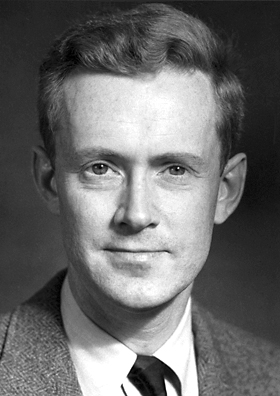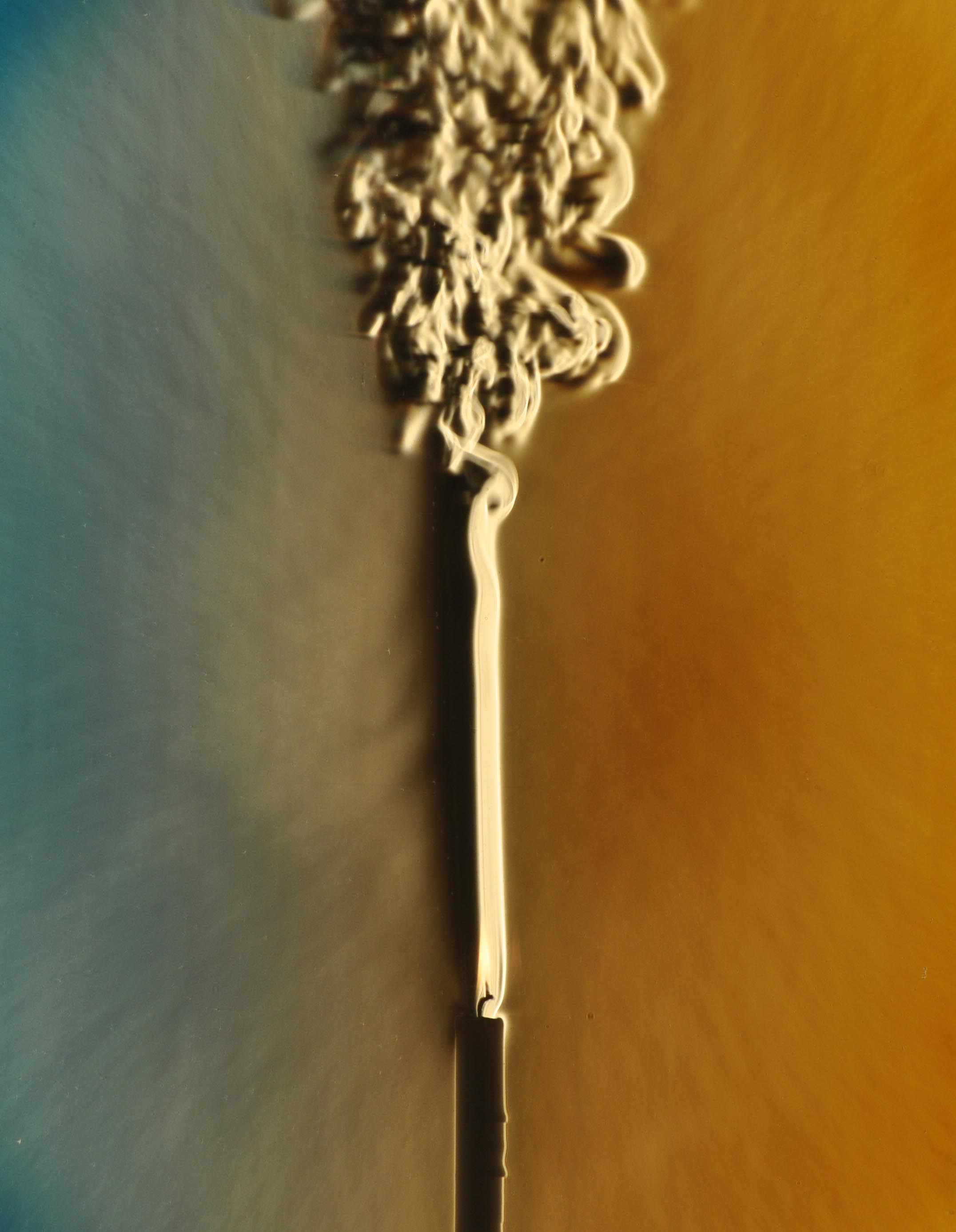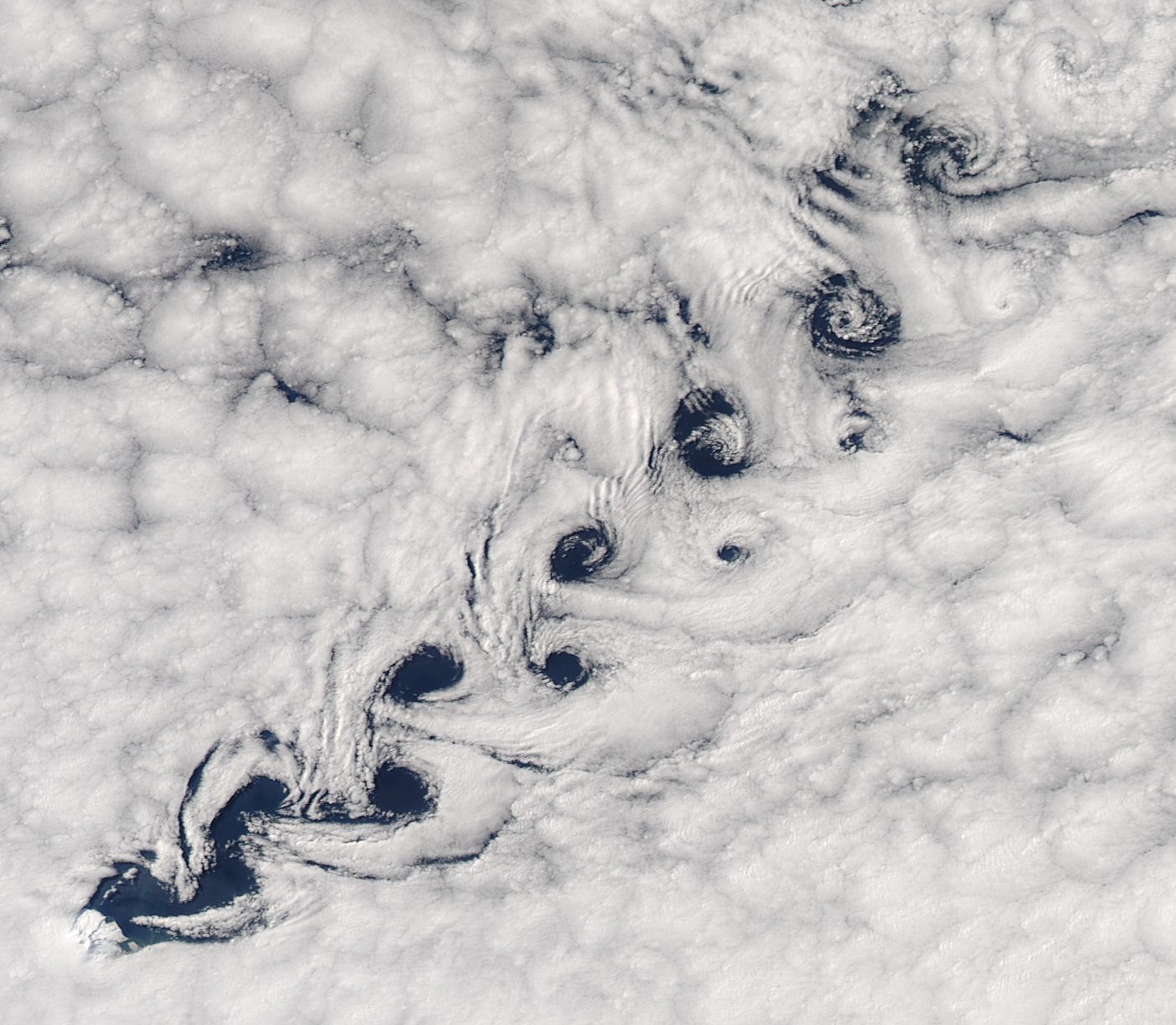|
Microswimmer
A microswimmer is a microscopic object with the ability to move in a fluid environment. #Natural microswimmers, Natural microswimmers are found everywhere in the natural world as biological microorganisms, such as bacteria, archaea, protists, sperm, and microanimals. Since the turn of the millennium, there has been increasing interest in manufacturing #Synthetic microswimmers, synthetic and biohybrid microswimmers. Although only two decades have passed since their emergence, they have already shown promise for various biomedical and environmental applications. Given the recent nature of the field, there is yet no consensus in the literature for the nomenclature of the microscopic objects this article refers to as "microswimmers". Among the many alternative names such objects are given in the literature, microswimmers, microscale swimmers, micro/nanorobots and micro/nanomotors are likely the most frequently encountered. Other common terms may be more descriptive, including informat ... [...More Info...] [...Related Items...] OR: [Wikipedia] [Google] [Baidu] |
Biohybrid Microswimmers
A biohybrid microswimmer also known as biohybrid nanorobot, can be defined as a microswimmer that consist of both biological and artificial constituents, for instance, one or several living microorganisms attached to one or various synthetic parts. In recent years nanoscopic and Wiktionary:mesoscopic, mesoscopic objects have been designed to collectively move through direct inspiration from nature or by harnessing its existing tools. Small mesoscopic to nanoscopic systems typically operate at low Reynolds numbers (Re ≪ 1), and understanding their motion becomes challenging. For locomotion to occur, the symmetry of the system must be broken. In addition, collective motion requires a coupling mechanism between the entities that make up the collective. To develop mesoscopic to nanoscopic entities capable of swarming behaviour, it has been hypothesised that the entities are characterised by broken symmetry with a well-defined morphology, and are powered with some material capable of ... [...More Info...] [...Related Items...] OR: [Wikipedia] [Google] [Baidu] |
Edward Mills Purcell
Edward Mills Purcell (August 30, 1912 – March 7, 1997) was an American physicist who shared the 1952 Nobel Prize for Physics for his independent discovery (published 1946) of nuclear magnetic resonance in liquids and in solids. Nuclear magnetic resonance (NMR) has become widely used to study the molecular structure of pure materials and the composition of mixtures. Friends and colleagues knew him as Ed Purcell. Biography Born and raised in Taylorville, Illinois, Purcell received his BSEE in electrical engineering from Purdue University, followed by his M.A. and Ph.D. in physics from Harvard University. He was a member of the Alpha Xi chapter of the Phi Kappa Sigma fraternity while at Purdue. After spending the years of World War II working at the MIT Radiation Laboratory on the development of microwave radar, Purcell returned to Harvard to do research. In December 1945, he discovered nuclear magnetic resonance (NMR) with his colleagues Robert Pound and Henry Torrey. N ... [...More Info...] [...Related Items...] OR: [Wikipedia] [Google] [Baidu] |
Natural Microswimmers
Nature is an inherent character or constitution, particularly of the ecosphere or the universe as a whole. In this general sense nature refers to the laws, elements and phenomena of the physical world, including life. Although humans are part of nature, human activity or humans as a whole are often described as at times at odds, or outright separate and even superior to nature. During the advent of modern scientific method in the last several centuries, nature became the passive reality, organized and moved by divine laws. With the Industrial Revolution, nature increasingly became seen as the part of reality deprived from intentional intervention: it was hence considered as sacred by some traditions (Rousseau, American transcendentalism) or a mere decorum for divine providence or human history (Hegel, Marx). However, a vitalist vision of nature, closer to the pre-Socratic one, got reborn at the same time, especially after Charles Darwin. Within the various uses of the word t ... [...More Info...] [...Related Items...] OR: [Wikipedia] [Google] [Baidu] |
Reynolds Number
In fluid dynamics, the Reynolds number () is a dimensionless quantity that helps predict fluid flow patterns in different situations by measuring the ratio between Inertia, inertial and viscous forces. At low Reynolds numbers, flows tend to be dominated by laminar flow, laminar (sheet-like) flow, while at high Reynolds numbers, flows tend to be turbulence, turbulent. The turbulence results from differences in the fluid's speed and direction, which may sometimes intersect or even move counter to the overall direction of the flow (Eddy (fluid dynamics), eddy currents). These eddy currents begin to churn the flow, using up energy in the process, which for liquids increases the chances of cavitation. The Reynolds number has wide applications, ranging from liquid flow in a pipe to the passage of air over an aircraft wing. It is used to predict the transition from laminar–turbulent transition, laminar to turbulent flow and is used in the scaling of similar but different-sized fl ... [...More Info...] [...Related Items...] OR: [Wikipedia] [Google] [Baidu] |
Stokes Flow
Stokes flow (named after George Gabriel Stokes), also named creeping flow or creeping motion,Kim, S. & Karrila, S. J. (2005) ''Microhydrodynamics: Principles and Selected Applications'', Dover. . is a type of fluid flow where advection, advective inertial forces are small compared with Viscosity, viscous forces. The Reynolds number is low, i.e. \mathrm \ll 1. This is a typical situation in flows where the fluid velocities are very slow, the viscosities are very large, or the length-scales of the flow are very small. Creeping flow was first studied to understand lubrication. In nature, this type of flow occurs in the swimming of microorganisms and sperm. In technology, it occurs in paint, Microelectromechanical systems, MEMS devices, and in the flow of viscous polymers generally. The equations of motion for Stokes flow, called the Stokes equations, are a linearization of the Navier–Stokes equations, and thus can be solved by a number of well-known methods for linear different ... [...More Info...] [...Related Items...] OR: [Wikipedia] [Google] [Baidu] |
Pressure
Pressure (symbol: ''p'' or ''P'') is the force applied perpendicular to the surface of an object per unit area over which that force is distributed. Gauge pressure (also spelled ''gage'' pressure)The preferred spelling varies by country and even by industry. Further, both spellings are often used ''within'' a particular industry or country. Industries in British English-speaking countries typically use the "gauge" spelling. is the pressure relative to the ambient pressure. Various #Units, units are used to express pressure. Some of these derive from a unit of force divided by a unit of area; the International System of Units, SI unit of pressure, the Pascal (unit), pascal (Pa), for example, is one newton (unit), newton per square metre (N/m2); similarly, the Pound (force), pound-force per square inch (Pound per square inch, psi, symbol lbf/in2) is the traditional unit of pressure in the imperial units, imperial and United States customary units, US customary systems. Pressure ma ... [...More Info...] [...Related Items...] OR: [Wikipedia] [Google] [Baidu] |
Velocity
Velocity is a measurement of speed in a certain direction of motion. It is a fundamental concept in kinematics, the branch of classical mechanics that describes the motion of physical objects. Velocity is a vector (geometry), vector Physical quantity, quantity, meaning that both magnitude and direction are needed to define it. The Scalar (physics), scalar absolute value (Magnitude (mathematics), magnitude) of velocity is called , being a coherent derived unit whose quantity is measured in the International System of Units, SI (metric system) as metres per second (m/s or m⋅s−1). For example, "5 metres per second" is a scalar, whereas "5 metres per second east" is a vector. If there is a change in speed, direction or both, then the object is said to be undergoing an ''acceleration''. Definition Average velocity The average velocity of an object over a period of time is its Displacement (geometry), change in position, \Delta s, divided by the duration of the period, \Delt ... [...More Info...] [...Related Items...] OR: [Wikipedia] [Google] [Baidu] |
Microbial Metabolism
Microbial metabolism is the means by which a microbe obtains the energy and nutrients (e.g. carbon) it needs to live and reproduce. Microbes use many different types of metabolic strategies and species can often be differentiated from each other based on metabolic characteristics. The specific metabolic properties of a microbe are the major factors in determining that microbe's ecological niche, and often allow for that microbe to be useful in industrial processes or responsible for biogeochemical cycles. Types All microbial metabolisms can be arranged according to three principles: 1. How the organism obtains carbon for synthesizing cell mass:Morris, J. et al. (2019). "Biology: How Life Works", 3rd edition, W. H. Freeman. * autotrophic – carbon is obtained from carbon dioxide () * heterotrophic – carbon is obtained from organic compounds * mixotrophic – carbon is obtained from both organic compounds and by fixing carbon dioxide 2. How the organism obtains reducing ... [...More Info...] [...Related Items...] OR: [Wikipedia] [Google] [Baidu] |
Angstrom
The angstrom (; ) is a unit of length equal to m; that is, one ten-billionth of a metre, a hundred-millionth of a centimetre, 0.1 nanometre, or 100 picometres. The unit is named after the Swedish physicist Anders Jonas Ångström (1814–1874). It was originally spelled with Swedish letters, as Ångström and later as ångström (). The latter spelling is still listed in some dictionaries, but is now rare in English texts. Some popular US dictionaries list only the spelling ''angstrom''. The unit's symbol is Å, which is a letter of the Swedish alphabet, regardless of how the unit is spelled. However, "A" or "A.U." may be used in less formal contexts or typographically limited media. The angstrom is often used in the natural sciences and technology to express sizes of atoms, molecules, microscopic biological structures, and lengths of chemical bonds, arrangement of atoms in crystals, wavelengths of electromagnetic radiation, and dimensions of integrated circuit part ... [...More Info...] [...Related Items...] OR: [Wikipedia] [Google] [Baidu] |
Viscous Damping
In continuum mechanics, viscous damping is a formulation of the damping phenomena, in which the source of damping force is modeled as a function of the volume, shape, and velocity of an object traversing through a real fluid with viscosity. Typical examples of viscous damping in mechanical systems include: * Fluid films between surfaces * Fluid flow around a piston in a cylinder * Fluid flow through an orifice * Fluid flow within a journal bearing Viscous damping also refers to damping devices. Most often they damp motion by providing a force or torque opposing motion proportional to the velocity. This may be affected by fluid flow or motion of magnetic structures. The intended effect is to bring the damping ratio closer to 1. Practical examples include: * Shock absorbers in cars * Seismic retrofitting with viscous dampers * Deployment actuators in spacecraft Single-degree-of-freedom system In a single- degree-of-freedom system, viscous damping models the relatitionship betwee ... [...More Info...] [...Related Items...] OR: [Wikipedia] [Google] [Baidu] |
Vortex Shedding
In fluid dynamics, vortex shedding is an oscillating flow that takes place when a fluid such as air or water flows past a bluff (as opposed to streamlined) body at certain velocities, depending on the size and shape of the body. In this flow, vortices are created at the back of the body and detach periodically from either side of the body forming a Kármán vortex street. The fluid flow past the object creates alternating low-pressure vortices on the downstream side of the object. The object will tend to move toward the low-pressure zone. If the bluff structure is not mounted rigidly and the frequency of vortex shedding matches the resonance frequency of the structure, then the structure can begin to resonate, vibrating with harmonic oscillations driven by the energy of the flow. This vibration is the cause for overhead power line wires humming in the wind, and for the fluttering of automobile whip radio antennas at some speeds. Tall chimneys constructed of thin-walled ste ... [...More Info...] [...Related Items...] OR: [Wikipedia] [Google] [Baidu] |





